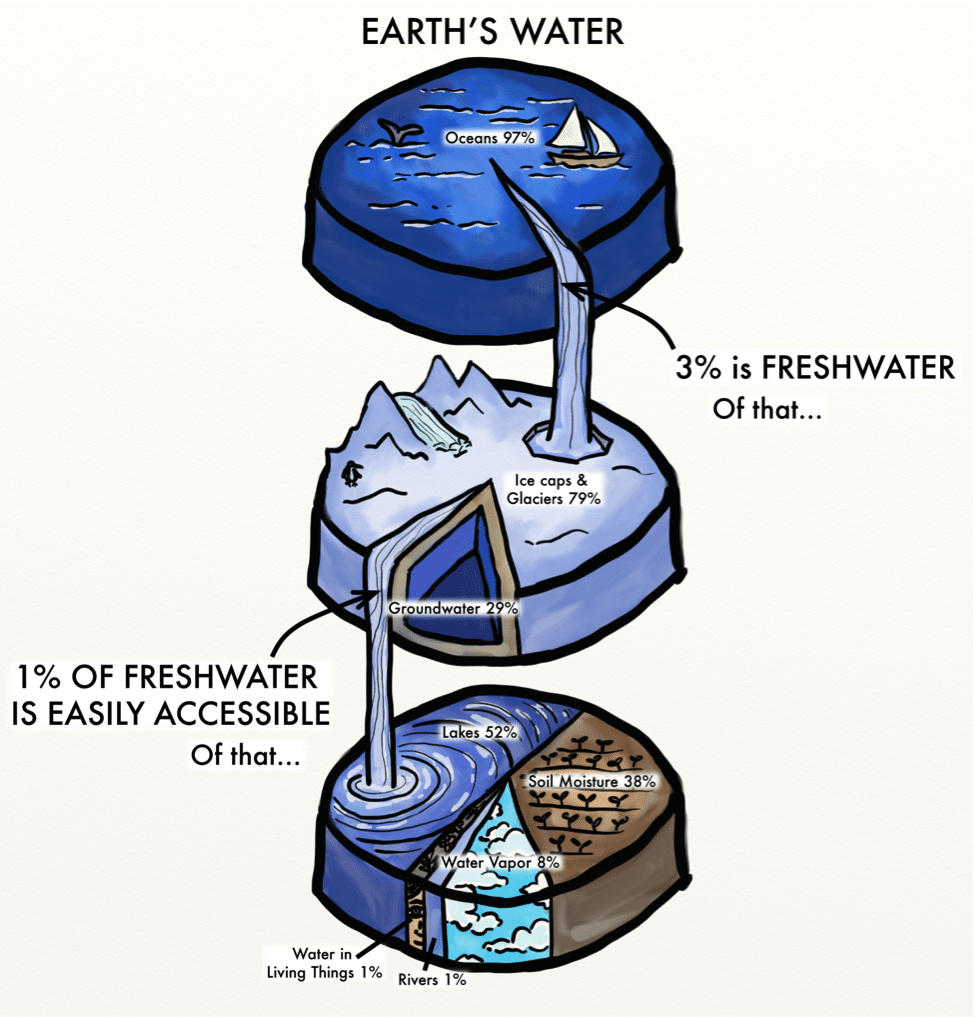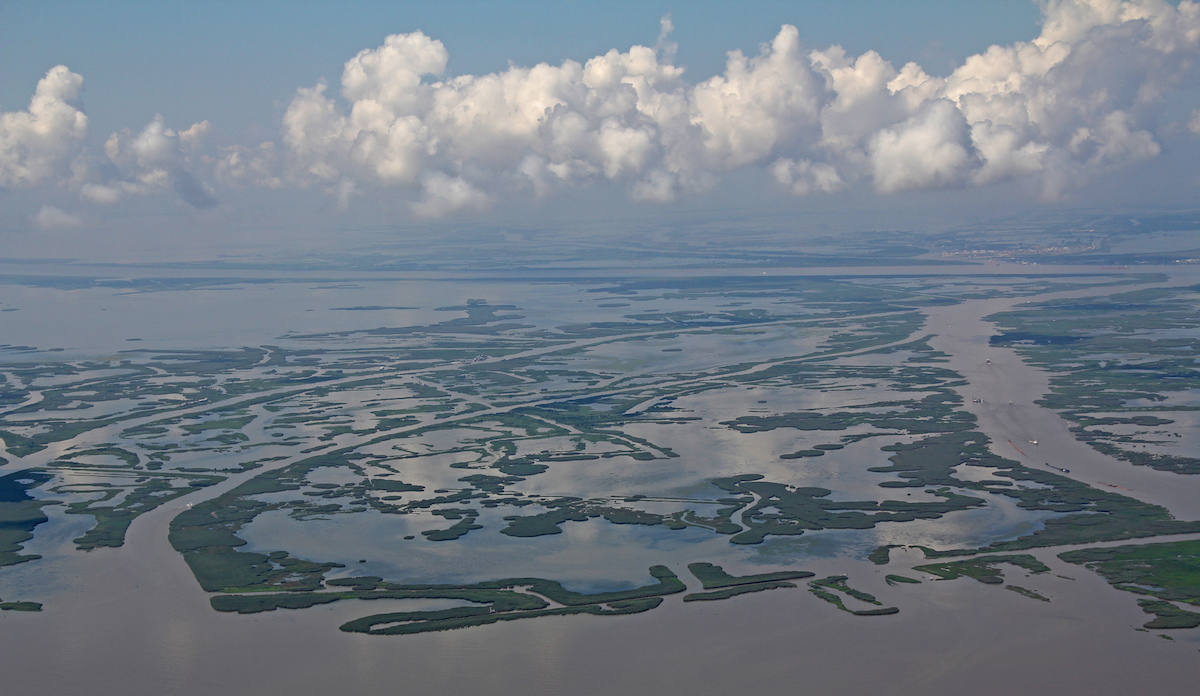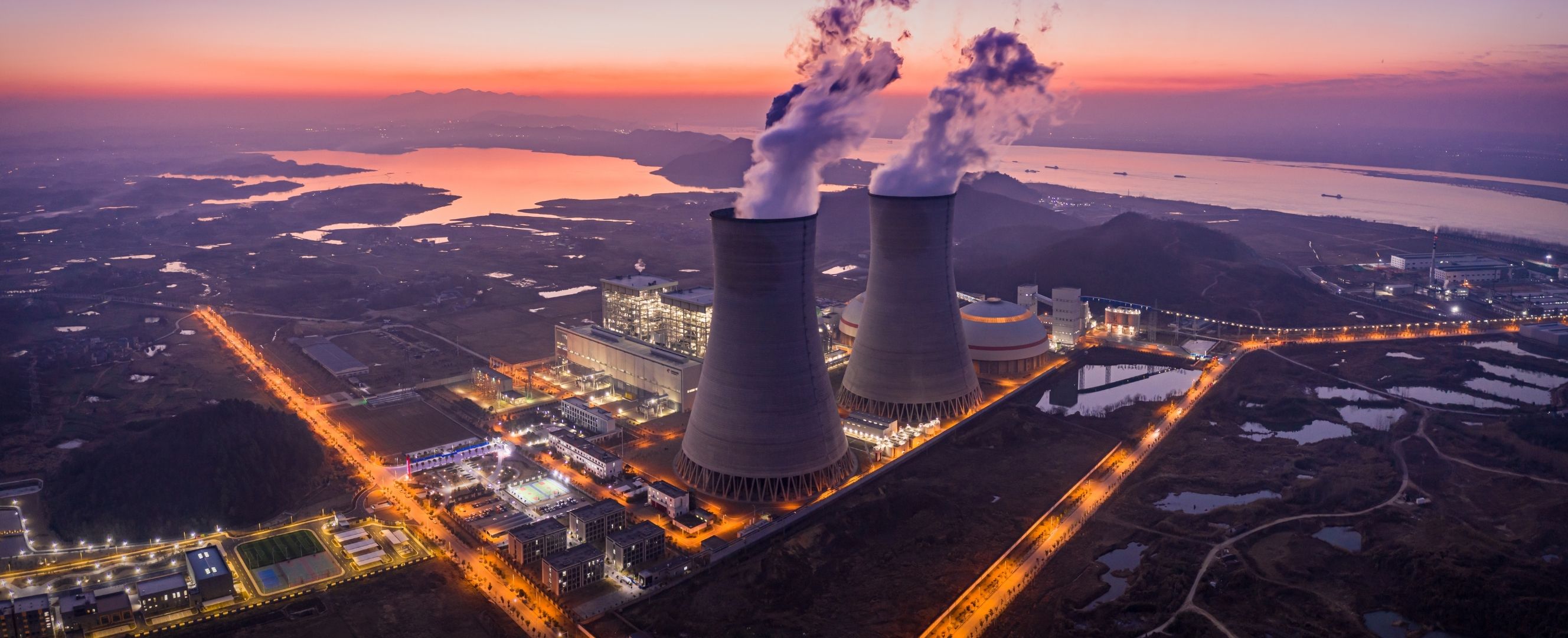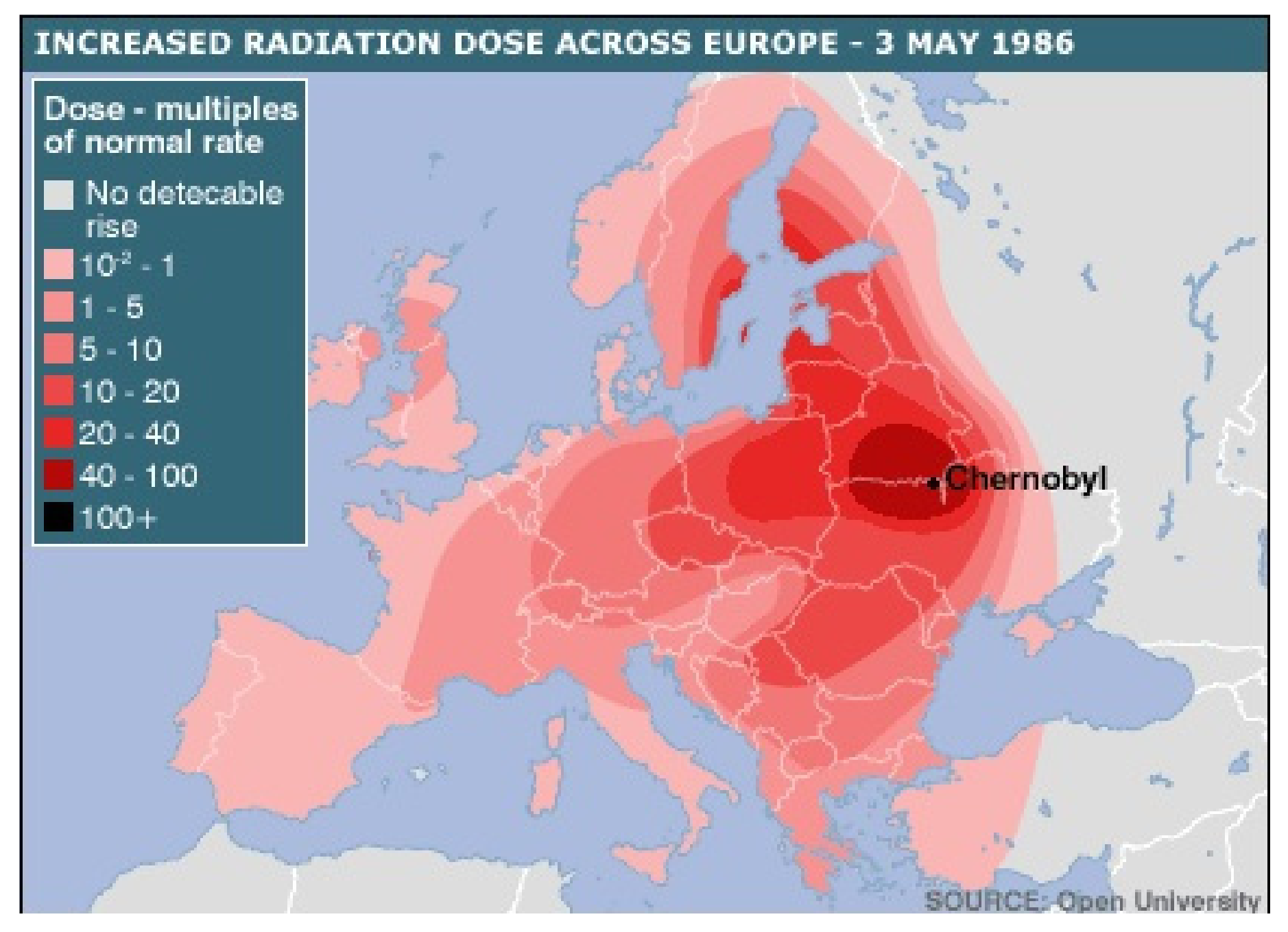We all love water. There is no better way to say it. Water plays a critical role in the environment; nearly every organism is made mainly of water and needs water to survive. For most organisms, fresh water is required for consumption. However, over 97% of water is salt water, and it is stored in oceans and seas. Of the remaining 3%, 2% is stored in glaciers and mountain ranges. Only 1% of all water on Earth is readily available for human consumption.

We need to learn to be careful with the fresh water that we have available. Although the amount of water on Earth will never change, the distribution of water is changing every day. As ice caps and glaciers melt, freshwater is converted into saltwater in the ocean. This is a direct result of global warming. As our climate becomes warmer and warmer every year, we lose more and more fresh water to the oceans. As the oceans’ water levels rise, more fresh water is exposed to salt water. Thankfully there is a way to convert salt water into fresh water. However, this technology is not yet convenient and uses a lot of energy. What have we learned in the past? The more energy that is needed, the more carbon is in the atmosphere. More carbon in the atmosphere leads to the temperature rising. The temperature increasing leads to additional fresh water turning into salt water in the oceans.
Another important aspect of water is that it shapes our environment. Water does not run smoothly along the surface of the Earth. It pushes and pulls dirt, rock, sand, and anything else it can with it. This is the process of erosion. However, the process of erosion is being altered by humans. One way it is being modified is through urbanization. Water flow is generally controlled within and near cities, not allowing it to flow as it naturally would. It is also being altered in rural areas, such as the midwest. Trees are cut down in areas with lots of farms to make room for planting crops. However, trees act as water sponges and anchor the ground underneath them, preventing erosion. With fewer trees, there is more room for water to run and nothing to prevent the soil from being lifted up and carried with it. This leads to a significant, unnatural movement of sediment, which you can easily see at the mouth of the Mississippi River on Google Earth.


